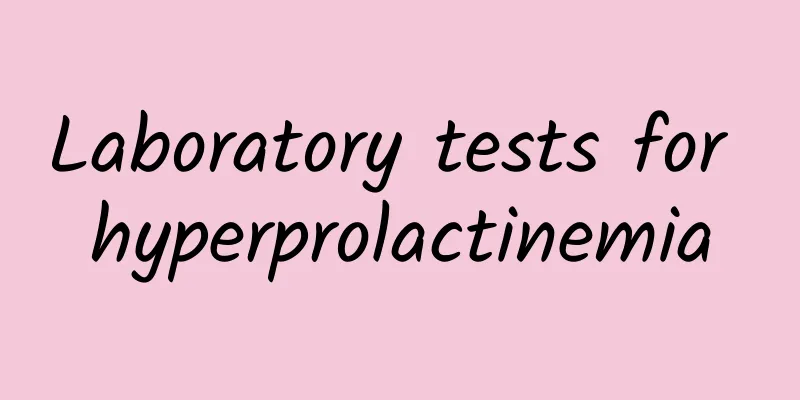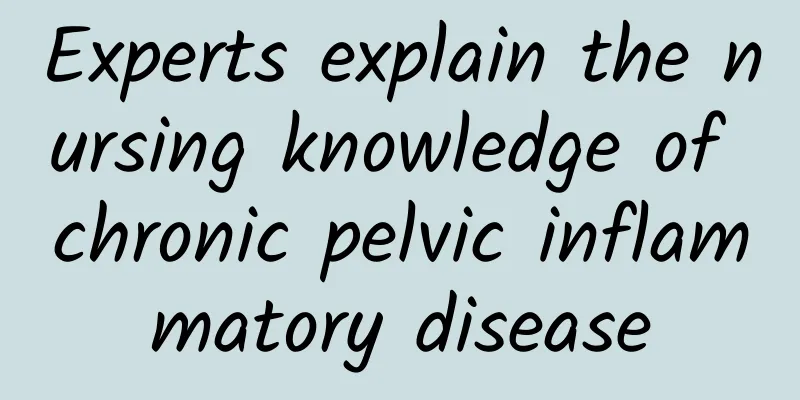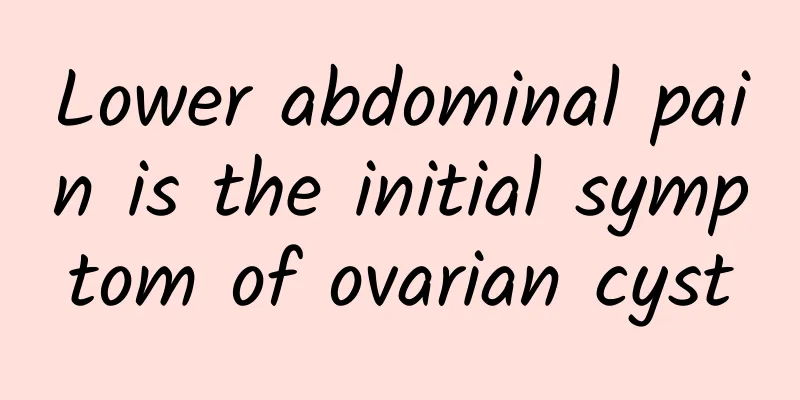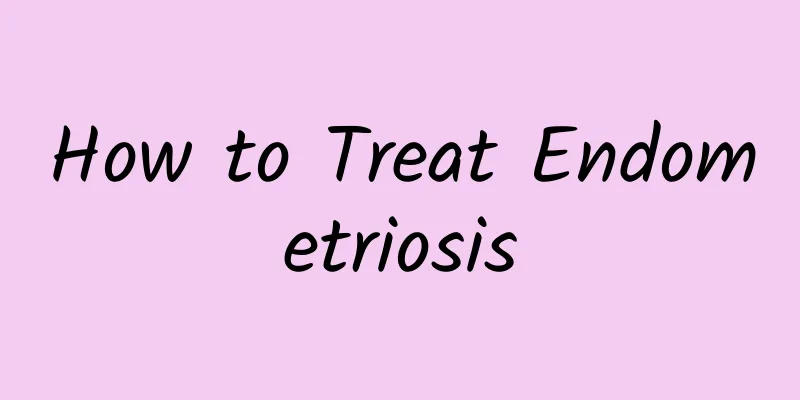How big is the left ovarian cyst? Why does it happen?
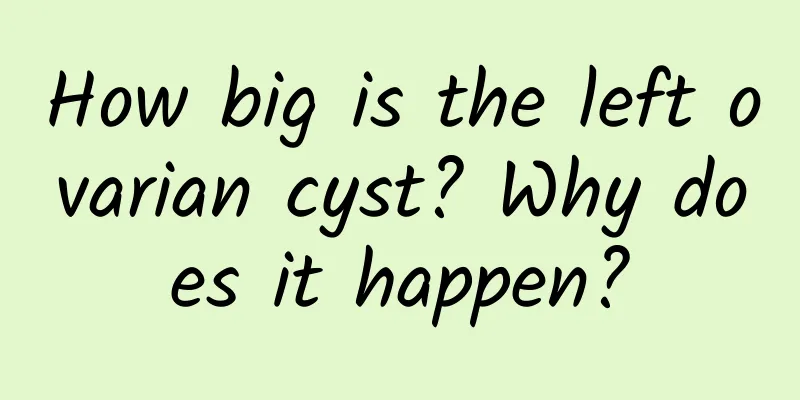
|
There are many kinds of gynecological diseases, most of which will have a significant impact on women's fertility. So, how big is the left ovarian cyst? Why is it sick? To be precise, left ovarian cysts belong to ovarian tumors, which refer to the formation of cystic tumors in the ovaries. Because tumors can be benign or malignant, cystic or solid, the mortality rate of ovarian malignant tumors is high, ranking first among gynecological tumors. Once it is confirmed to be a left ovarian cyst, it should be paid attention to. Ovarian cysts larger than 5 cm are considered large and have a high chance of torsion. Cysts smaller than 5 cm are considered small and generally do not torsion and can be followed up. Before treating a left ovarian cyst, it is necessary to first determine whether it is benign or malignant. If it is determined to be benign and the cyst is small, it can be observed without treatment. The ovarian cyst pedicle can be used to treat a left ovarian cyst. Emergency surgery is required after the diagnosis is confirmed. Analgesics such as pethidine are injected intramuscularly. Regardless of the patient's age, an oophorectomy on the affected side is appropriate. The causes of left ovarian cysts include: 1. Genetic factors: Many women develop ovarian cysts due to abnormal factors in the family. Genetic factors refer to the fact that the genes of female patients contain gene fragments that cause female ovarian cysts, making them more likely to develop female ovarian cysts. 2. Environmental factors: Among environmental factors, if the patient stays in an environment with harmful toxins for a long time, the deposition of toxins in the body can cause female ovarian cysts. Staying in a noisy environment for a long time can easily lead to endocrine disorders in women and cause infertility. 3. Dietary factors: Due to malnutrition, many women lack certain elements in the body, resulting in decreased body function and leading to female infertility and ovarian cysts. |
<<: Three tips for treating pelvic inflammatory disease
>>: I rarely have my period, I'm a bit scared, is there any way to change it?
Recommend
How to determine the thickness of the endometrium
How to determine the thickness of the endometrium...
There are hundreds of ways to lose weight. If you use them correctly, you won’t gain weight again.
There are endless weight loss methods on the mark...
Is mifepristone tablet an abortion pill? What are the precautions for taking mifepristone tablets?
Mifepristone tablets were introduced into my coun...
Experts teach you how to correctly prevent acute cervicitis
Acute cervicitis is a cervical disease that serio...
A brief analysis of surgical treatment methods for uterine fibroids
With the continuous advancement of medical techno...
Craving for fast food? Yixiu teaches you how to make low-calorie bean chicken nuggets, low in calories and more satisfying
I remember from childhood that when we did well i...
Are endometrial polyps serious? Will they turn into cancer?
Are endometrial polyps serious and will they turn...
The hidden dangers behind the ketogenic diet... Let Huang Xiaotong, a nutritionist, tell you
A video went viral on the Internet a while ago an...
Vulvar itching is one of the most common symptoms of chronic vaginitis. What are the causes of vulvar itching?
After discovering their own symptoms of chronic v...
Why unmarried women may also suffer from ovarian cysts
As an important reproductive organ, the cause of ...
Why should ectopic pregnancy be treated promptly?
For the treatment of ectopic pregnancy, surgical ...
What should I do if my menstruation is irregular after miscarriage?
What should I do if my menstruation is irregular ...
What are the symptoms of chocolate cyst?
Chocolate cyst is a disease that people are famil...
Waves in hand! Latin aerobics to slim down your arms and show your lines
Women shake their shoulders, twist their hips, an...
Care and treatment of irregular menstruation
Nowadays, many women have different degrees of me...
